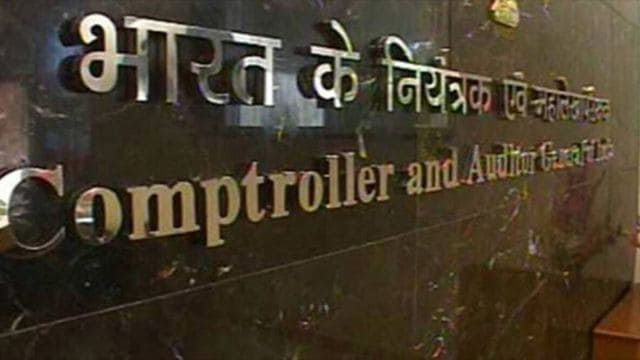From ambulances and bulldozers to fire tenders and hearses, between 2017 and 2022, the Uttar Pradesh Mining Department issued transit passes to thousands of ‘unfit’ vehicles to transport minerals, “leading to illegal movement of minerals”, the Comptroller and Auditor General (CAG) of India has revealed in its audit report. The director of geology and mining (DGM) “failed to adequately monitor and prevent these activities”, the report further noted.
The CAG’s performance audit report on ‘Mining in Uttar Pradesh and Socio-Economic Impact of Illegal Mining’ was tabled in the UP Assembly on Tuesday, August 12. It covers a five-year period from 2017-18 to 2021-22.

During its audit, CAG officials examined the e-MM-11 (electronic transit pass) database of 17 district mines officers (DMOs) and noticed that “minerals were transported by vehicles which were not fit for mineral transportation”. The 17 districts were Baghpat, Banda, Bulandshahr, Chitrakoot, Fatehpur, GB Nagar, Hamirpur, JP Nagar, Kanpur Dehat, Kaushambi, Mahoba, Prayagraj, Saharanpur, Sambhal, Shamli, Siddharthnagar and Sonebhadra.
Story continues below this ad
The e-MM-11 form is a transit pass issued electronically by the Directorate of Geology and Mining for the transportation of minerals like sand, gravel and stone. The system of issuing electronic transit passes for the transportation of minerals was introduced in August 2017.
“Audit examined the e-MM-11 database of 17 DMOs and noticed that minerals were transported by vehicles which were not fit for mineral transportation. Cross verification from Vahan database of Transport Department revealed that in 17 districts 1,81,113 transit passes (e-MM-11 forms) were generated using 83,156 vehicles such as ambulance, earth moving equipment, e-rickshaw, motor cabs, scooter/motorcycle etc. for transportation of minerals,” states the report.
This list of 83,156 vehicles which were issued transit passes for mineral transportation included 407 ambulance or animal ambulance, 1,621 bulldozer or construction equipment vehicle or earth moving equipment or excavator or road roller, 3,625 buses, 213 camper van or trailer or agriculture trailer or private service vehicle, 226 crane mounted vehicle or forklift, 29,525 e-rickshaw or three-wheeler (Passenger)(3WT), 11 fire tenders, nine hearses, 34,742 M-Cycle or scooter or scooter side car or motorized cycle, 12,763 motor car or motor cab or maxi cab, and 14 vehicle fitted with compressor or rig.
‘Minerals being transported multiple times a day’
The CAG noted that these vehicles, which were not fit for the transportation of minerals, were used in carrying minerals multiple times per day—like a three-wheeler up to 47 times and a motor car up to 122 times.
Story continues below this ad
“According to the classification of vehicles, these vehicles were not meant for transportation of minerals. Therefore, it can be assumed that minerals were not carried by these vehicles. This practice might have been used to legitimise overloading of minerals,” the report stated.
“There was no validation control present in the e-MM-11 form generation to capture the type of vehicle automatically, though the Application Programming Interface (API) of Vahan database was available to the Department [Geology and Mining Department, Government of Uttar Pradesh],” the report added.
“Therefore, it is clear that the lessees were generating e-transit passes without genuine intent, leading to illegal transportation of minerals. The DGM [Director, Geology and Mining] failed to adequately monitor and prevent these activities,” the report further said.
According to the report, the department, in its reply in July 2023, accepted the audit observation and stated that it was using the VAHAN API of the Union Ministry of Road Transport and Highways on the departmental portal, “so that it is ensured that e-transit pass may be issued only for registered category vehicles according to norms prescribed by the Transport Department”.
Story continues below this ad
The report also noted that the performance audit was held as “a large number of cases of illegal mining were reported and published in newspapers”.
CAG flags use of vehicles with fake registration numbers
As per the report, lessees generated 4,48,637 e-MM-11 forms for transporting 24,51,021 cubic meters of minerals by using 85,928 vehicles with fake registration numbers, as these numbers were not available on the Vahan database.
“The government may enable proper controls in the departmental portal and link it with Vahan database to minimise manual intervention in generation of e-MM-11 forms and to prevent generation of e-MM-11 forms for vehicles not fit for transportation of mineral, for transportation of mineral in excess of permitted quantity, for unrealistic distances & in prohibited months,” CAG recommended in the report.








